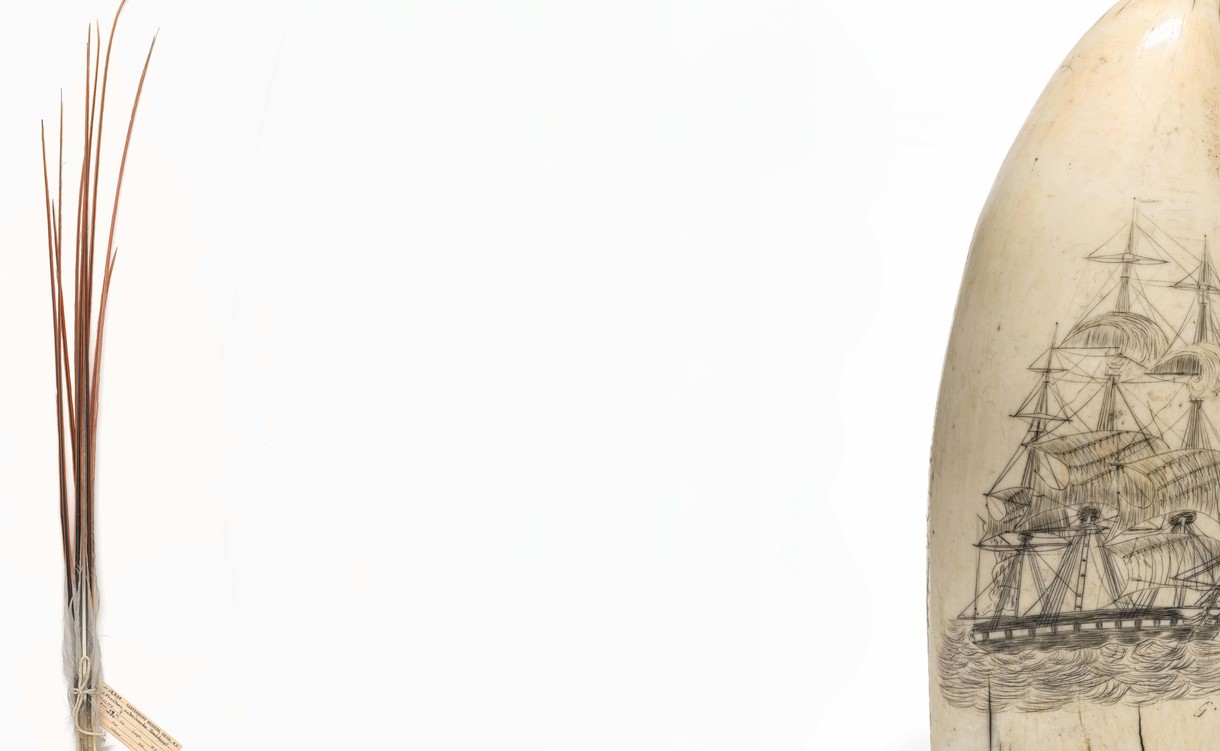Director's Foreword
![Makers unknown Te Rā [the sail] (detail) c. 1770–1800. Harakeke, kererū, kāhu and kākā feathers, dog skin. On loan from the Trustees of the British Museum. © The Whakaarahia anō te rā kaihau Te Rā Project. Photo: Cultural Heritage Imaging](/media/cache/bb/2f/bb2fc21b3e87be4e97ace646abfefeab.jpg)
Makers unknown Te Rā [the sail] (detail) c. 1770–1800. Harakeke, kererū, kāhu and kākā feathers, dog skin. On loan from the Trustees of the British Museum. © The Whakaarahia anō te rā kaihau Te Rā Project. Photo: Cultural Heritage Imaging
A warm welcome to B.212, the winter edition of Te Puna o Waiwhetū Christchurch Art Gallery’s Bulletin. As Matariki reappears in our night sky in July, here in Ōtautahi we will celebrate the arrival of Te Rā, the only customary woven Māori sail known to exist. Building on the success of our exhibition Te Puna Waiora: The Distinguished Weavers of Te Kāhui Whiritoi in 2021, it is an incredible privilege for us to share one of Aotearoa New Zealand’s most significant taonga with our audiences.
It is not known precisely when Te Rā was made, but it is thought to be over 200 years old. At nearly four and a half metres long, Te Rā is made of thirteen woven papa, or panels. An intricate three-way pattern of weaving extends through the hiki/hono (joins) and papa, something not seen today within Māori weaving. Te Rā illustrates the significance of both raranga and voyaging to Māori culture, and makes connections with Polynesian histories, skills and knowledge. It also represents exploration, expertise and adaptation – both the desire to explore new horizons and the extraordinary skills required to adapt to life in a new world. Te Rā is an important and tangible expression of what makes Aotearoa really special.
Te Rā comes to us from the collection of the British Museum. We are enormously grateful to the Museum for allowing the Gallery and our partner Tāmaki Paenga Hira Auckland War Memorial Museum the opportunity to exhibit Te Rā before she returns to London.
Exhibitions such as this involve many people, conversations and collaborations. We are indebted to Ranui Ngarimu ONZM (Ngāi Tahu, Kāti Māmoe, Ngāti Mutunga), one of Aotearoa’s foremost authorities on weaving and its associated tikanga and mātauranga; conservator and textiles expert Dr Catherine Smith; practicing artist and senior lecturer at the University of Waikato’s Faculty of Māori and Indigenous Studies, Dr Donna Campbell (Ngāpuhi, Ngāti Ruanui); and contemporary Māori artist Darcy Nicholas QSO (Kāhui Maunga, Te Ātiawa nui tono, Ngāti Ruanui, Tangahoe, Tauranga Moana, Ngāti Haua). Originating with a Royal Society Te Apārangi Marsden Fund research project aiming to revitalise the mātauranga embedded within Te Rā, Ranui, Catherine and Donna’s extensive research has formed the foundation of the project to bring Te Rā to Aotearoa. In this issue of Bulletin we feature an extract from a kōrero between Ranui, Catherine and our pouarataki curator Māori Chloe Cull about Te Rā.
Ship Nails and Tail Feathers is a new exhibition made in collaboration with our colleagues at Canterbury Museum. As the museum is now closed for redevelopment we’re delighted to have been able to work with the museum’s curator of Māori, Pacific and Indigenous human histories Hatesa Seumanutafa to develop a series of vignettes that bring works from both collections into conversation. By combining works of different media and origin we find equivalences, contrasts and different viewpoints on history and heritage material. As Hatesa points out in her article for this magazine, “the ways that we curate history can make all the difference in the ways we value each other now.”
Elsewhere in the Gallery, we’re pleased to be showing an important work by Maureen Lander (Ngāpuhi, Te Hikutu, Pākehā), first commissioned for the opening of Te Papa Tongarewa in 1998. Created around the start of the boom in personal computer ownership and burgeoning interest in the internet, String Games is an immersive and site-specific work that explores an intersection between customary Māori culture and digital technologies. We’re pleased to be able to bring String Games into our Perilous exhibition. It is also fitting to note that Maureen is a member of Te Rā Ringa Raupā – a group of skilled weavers who have created a replica of Te Rā here in Aotearoa. For Bulletin we asked Te Whanganui-a-Tara based writer and curator Moya Lawson to look at the importance of String Games.
Kahu Kutia (Ngāi Tūhoe) is a member of Kauae Raro Research Collective, established by artists Sarah Hudson (Ngāti Awa, Ngāti Tūhoe, Ngāti Pūkeko), Lanae Cable (Ngāti Awa, Ngāti Tūhoe, Ngāti Maru ki Hauraki, Ngāti Pūkeko) and Jordan Davey-Emms (Pākehā) to relearn and recreate the art materials and techniques of their ancestors. Kahu looks at contemporary practitioners who are making art with whenua, or earth-based pigments. Our pagework this issue comes from Sonya Lacey, who presents a thoughtful and contemplative work that is based on her speculative fiction Chlorophyll Script.
It’s unquestionably a busy time at the Gallery, with lots of collaboration, connection with, and sharing of, knowledge and culture. Come in and visit us this winter.













